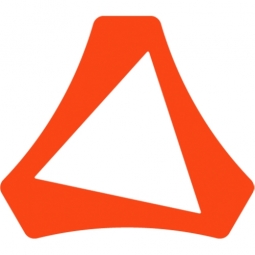Technology Category
- Analytics & Modeling - Predictive Analytics
- Platform as a Service (PaaS) - Application Development Platforms
Applicable Industries
- Electrical Grids
- Renewable Energy
Applicable Functions
- Maintenance
Use Cases
- Energy Management System
- Movement Prediction
About The Customer
Unatec is a company with over 10 years of experience in energy solutions consulting. The company works with the largest utility companies in Spain and has launched Energy Smart Generation, its own solution for small and medium renewable energy producers. These producers typically operate and maintain small- and medium-sized power plants for solar and wind energy. Unatec partners with Altair SmartCore to create Smart Grids, aiming to improve energy management and profits. The company decided to rely solely on Altair SmartCore as a core element of their technology stack.
The Challenge
Unatec, a company with over a decade of experience in energy solutions consulting, was grappling with the challenge of controlling costs and improving production for energy producers. The company recognized that uncontrolled costs and inaccurate predictions could significantly reduce profits, potentially leading to losses. The energy generation and management sector, if not optimized, can severely impact economic results. Profits can be dramatically diminished and losses can even be incurred if costs are not closely controlled or production is not predicted accurately. Furthermore, many countries have started to dramatically reduce economic subsidies for production and have introduced more regulations. In some cases, it is even mandatory for energy producers to optimize energy management to increase profit and avoid sanctions and penalties.
The Solution
Unatec partnered with Altair SmartCore to create Smart Grids and improve the performance and profitability of renewable energy companies. The Altair SmartCore platform was implemented within 6 months, allowing Unatec to save significant money in development costs. The platform includes multiple prediction models comparison, smart metering system deployment, extended production prediction capabilities, customized KPIs tracked in real-time, and control of deviation and energy measurements. Unatec’s Energy Smart Generation platform uses different prediction services and compares them using Altair SmartCore's core to increase forecasting accuracy. The prediction model receives feedback to continuously enhance accuracy in the energy offering calculation. A customized set of KPIs is permanently tracked and displayed in real-time graphs to compare production with predictions and generate customized performance reports, budget tracking and plants comparison.
Operational Impact
Quantitative Benefit

Case Study missing?
Start adding your own!
Register with your work email and create a new case study profile for your business.
Related Case Studies.

Case Study
Remote Monitoring & Predictive Maintenance App for a Solar Energy System
The maintenance & tracking of various modules was an overhead for the customer due to the huge labor costs involved. Being an advanced solar solutions provider, they wanted to ensure early detection of issues and provide the best-in-class customer experience. Hence they wanted to automate the whole process.
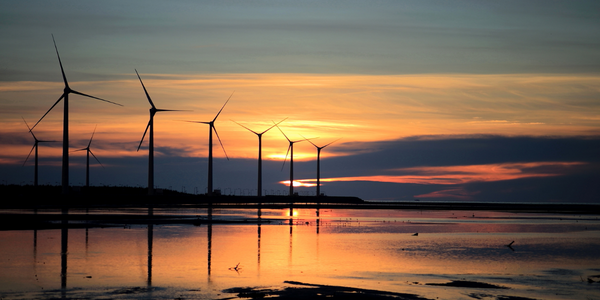
Case Study
Vestas: Turning Climate into Capital with Big Data
Making wind a reliable source of energy depends greatly on the placement of the wind turbines used to produce electricity. Turbulence is a significant factor as it strains turbine components, making them more likely to fail. Vestas wanted to pinpoint the optimal location for wind turbines to maximize power generation and reduce energy costs.
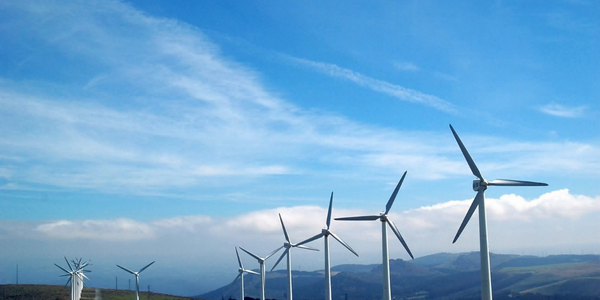
Case Study
Siemens Wind Power
Wind provides clean, renewable energy. The core concept is simple: wind turbines spin blades to generate power. However, today's systems are anything but simple. Modern wind turbines have blades that sweep a 120 meter circle, cost more than 1 million dollars and generate multiple megawatts of power. Each turbine may include up to 1,000 sensors and actuators – integrating strain gages, bearing monitors and power conditioning technology. The turbine can control blade speed and power generation by altering the blade pitch and power extraction. Controlling the turbine is a sophisticated job requiring many cooperating processors closing high-speed loops and implementing intelligent monitoring and optimization algorithms. But the real challenge is integrating these turbines so that they work together. A wind farm may include hundreds of turbines. They are often installed in difficult-to-access locations at sea. The farm must implement a fundamentally and truly distributed control system. Like all power systems, the goal of the farm is to match generation to load. A farm with hundreds of turbines must optimize that load by balancing the loading and generation across a wide geography. Wind, of course, is dynamic. Almost every picture of a wind farm shows a calm sea and a setting sun. But things get challenging when a storm goes through the wind farm. In a storm, the control system must decide how to take energy out of gusts to generate constant power. It must intelligently balance load across many turbines. And a critical consideration is the loading and potential damage to a half-billion-dollar installed asset. This is no environment for a slow or undependable control system. Reliability and performance are crucial.
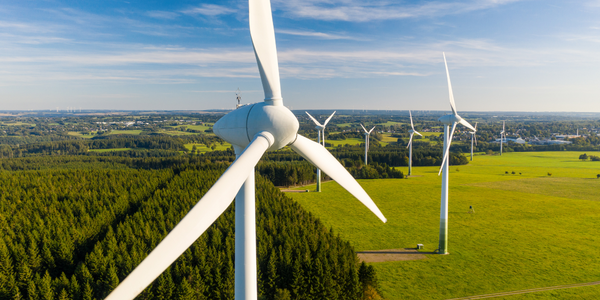
Case Study
Remote Monitoring and Control for a Windmill Generator
As concerns over global warming continue to grow, green technologies are becoming increasingly popular. Wind turbine companies provide an excellent alternative to burning fossil fuels by harnessing kinetic energy from the wind and converting it into electricity. A typical wind farm may include over 80 wind turbines so efficient and reliable networks to manage and control these installations are imperative. Each wind turbine includes a generator and a variety of serial components such as a water cooler, high voltage transformer, ultrasonic wind sensors, yaw gear, blade bearing, pitch cylinder, and hub controller. All of these components are controlled by a PLC and communicate with the ground host. Due to the total integration of these devices into an Ethernet network, one of our customers in the wind turbine industry needed a serial-to-Ethernet solution that can operate reliably for years without interruption.

Case Study
Temperature monitoring for vaccine fridges
Dulas wanted a way to improve the reliability of the cold chain, facilitating maintenance and ensuring fewer vaccines are spoiled. Dulas wanted an M2M solution which would enable them to record and report the temperature inside vaccine refrigerators.
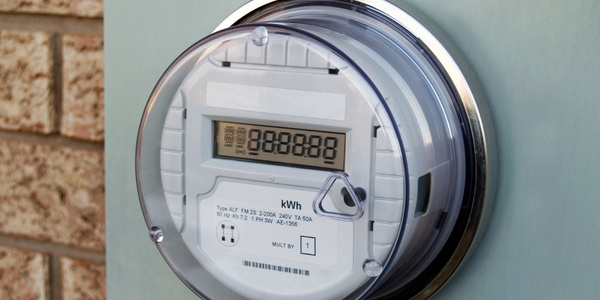
Case Study
Hydro One Leads the Way In Smart Meter Development
In 2010, Ontario’s energy board mandated that time-of-use (TOU) pricing for consumers be available for all consumers on a regulated price plan. To meet this requirement, Hydro One needed to quickly deploy a smart meter and intelligent communications network solution to meet the provincial government’s requirement at a low cost. The network needed to cover Hydro One’s expansive service territory, which has a land mass twice the size of Texas, and its customers live in a mix of urban, rural, and remote areas, some places only accessible by air, rail, boat or snowmobile. Most importantly, the network needed to enable future enterprise-wide business efficiencies, modernization of distribution infrastructure and enhanced customer service. To meet these needs, Hydro One conceptualized an end-to-end solution leveraging open standards and Internet Protocols (IP) at all communication levels. The utility drew upon industry leaders like Trilliant to realize this vision.

